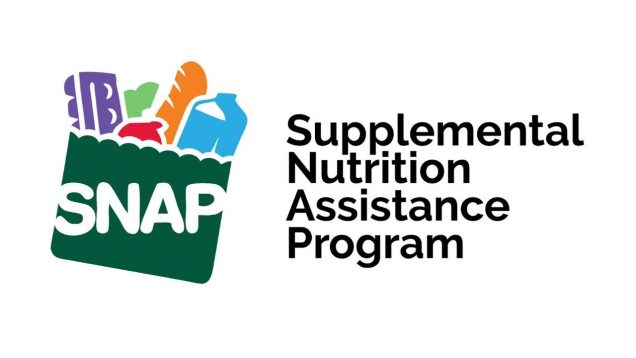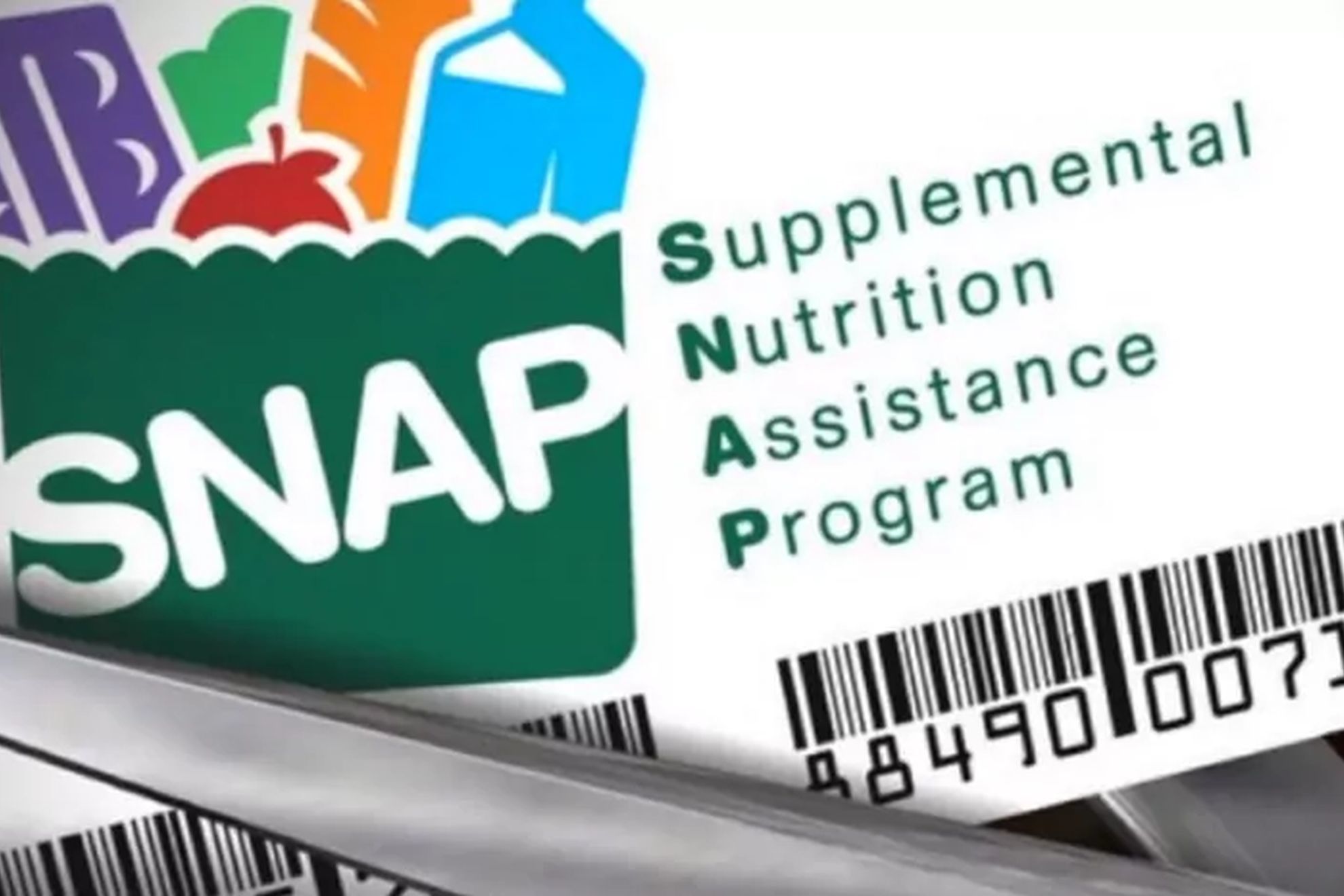In 2024, if you find grocery costs challenging, you might wonder if you qualify for SNAP benefits. Here’s a simplified breakdown: eligibility depends on three factors—gross monthly income (earnings before taxes), net income (earnings after deductions), and assets (resources for food, like bank money). The poverty line sets the limits, considering all income sources.

2024 SNAP Benefits: Your Ultimate Guide to Eligibility, Deductions, and Grocery Assistance
Unveiling 2024 SNAP Benefit Eligibility and Deductions for Maximum Household Support
For instance, a family of three’s gross income should be at or below $2,694 monthly. Net income, after taxes, must match the poverty line, which is $2,072 for a family of three. Assets, excluding home and personal items, should be $2,750 or less for those under 60 and without disabilities.
Certain groups, like strikers, undocumented immigrants, and some students, aren’t eligible. Also, adults aged 18-52 without kids and no disabilities might get limited benefits unless they’re working or in a training program.
SNAP benefits vary by household size in 2024. For a single person, the maximum monthly benefit is $291, with an estimated average of $202. Deductions are crucial—standard, earnings (20% of your income), dependent care (for child care), child support (legally obligated), medical expenses (over $35 for elderly or disabled members), and excess shelter (housing costs over half of net income).
READ ALSO: Boost Your Wallet: Maximize Tax Rebates In Your State – Up To $2500 Potential!
2024 SNAP Benefits: Navigating Eligible Deductions and Local Assistance for Immediate Food Needs
So, it’s not just about income limits; eligible deductions matter too. Your local human services office can help navigate this, ensuring you don’t miss out on potential assistance.
If you’re facing an urgent need for food, local food banks can provide immediate help. Remember, understanding the intricate details can make a significant difference in accessing 2024 SNAP Benefits.

















































